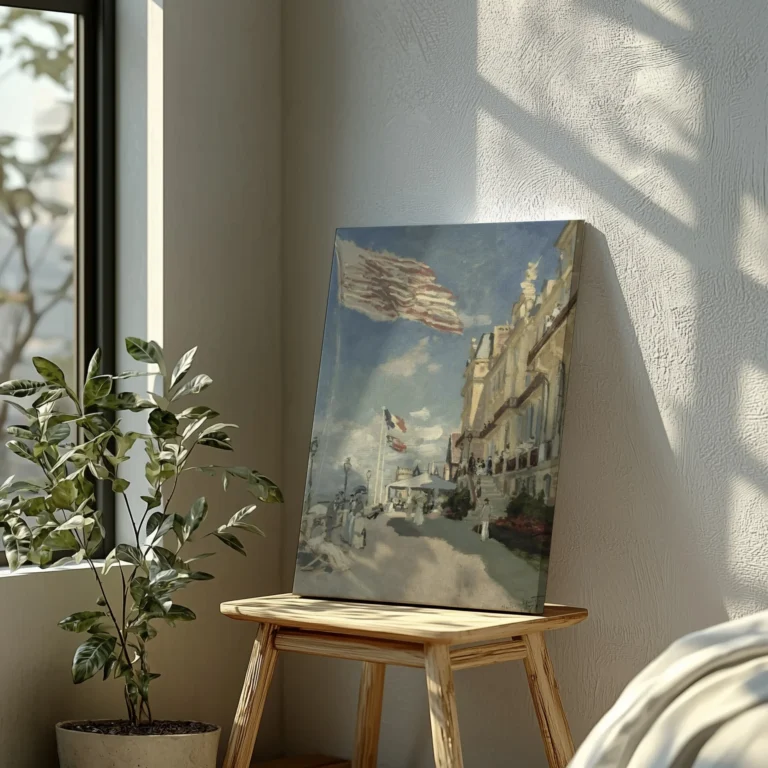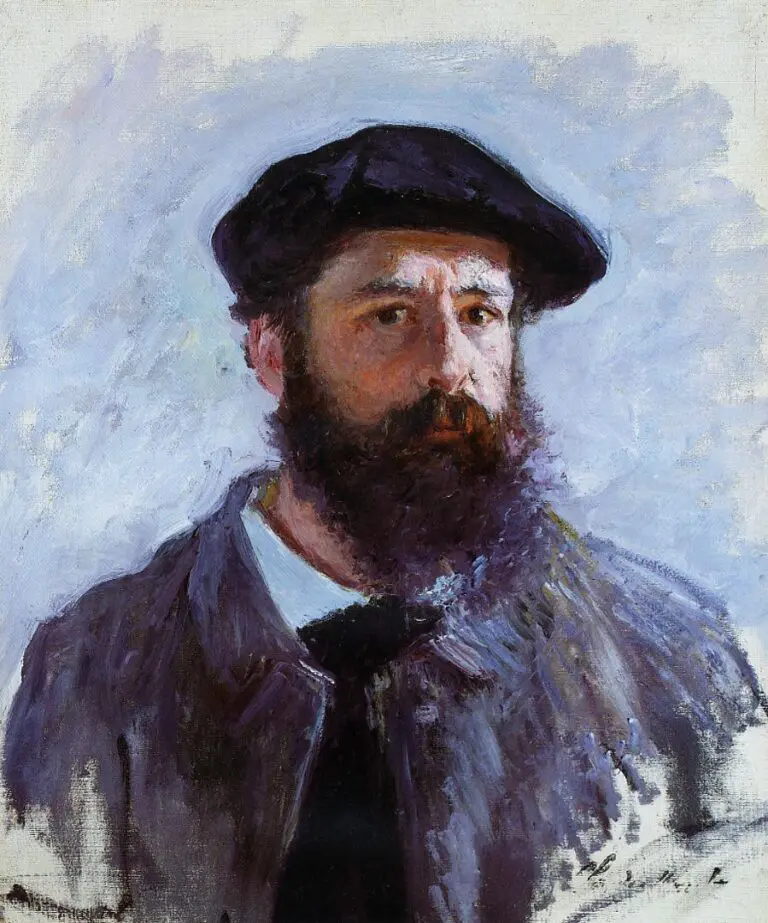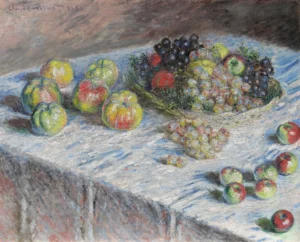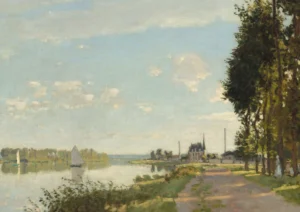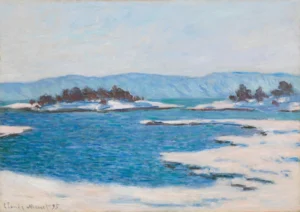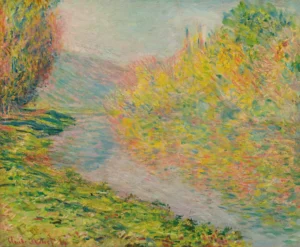Hotel des Roches Noires, Trouville (1870)
Claude Monet's 'Hotel des Roches Noires, Trouville' from 1870 is a vibrant oil painting showcasing a lively scene from the fashionable seaside resort in Normandy, France. At 58 x 81 cm, this impressive artwork reflects Monet's Impressionist style, with an emphasis on the play of light and the elegance of leisure life during the Second Empire. Capturing both the beauty of the landscape and the social atmosphere, this work remains a vital piece in understanding the artist's early contributions to Impressionism.
Year 1870
About the Artwork
Monet painted 'Hotel des Roches Noires, Trouville' during a period of growth in his artistic career, as he sought to break free from traditional painting techniques. Capturing the stylish Hotel des Roches Noires during its peak popularity from 1860s to the 1870s, the painting vibrantly depicts the resort's lively social scene amidst the breathtaking coastal beauty of Normandy. The work encapsulates the essence of leisure activities enjoyed by the elite, showcasing the impact of the Second Empire on French culture as the period was characterized by a flourishing of arts and social engagements. Monet's ability to capture the transient effects of light and atmosphere not only provides viewers a window into the past but also redefined the boundaries of painting, marking a significant milestone in Impressionism.
Did You Know
In ‘Hotel des Roches Noires, Trouville,’ Monet uses loose brushwork and vibrant colors to capture the fleeting effects of light. This pioneering approach set the stage for future Impressionist artists and fundamentally changed the perception of landscape painting.
The painting reflects the opulent lifestyle and social engagements of the Second Empire, a period marked by the expansion of leisure activities among the bourgeois class. Trouville, where the painting is set, became a symbol of the era’s fashionable seaside culture.
‘Hotel des Roches Noires, Trouville’ is considered a pivotal work in Monet’s artistic journey, illustrating his transition from conventional approaches to the innovative techniques that defined Impressionism. This piece exemplifies his early contributions to the movement, which would later gain international acclaim.





